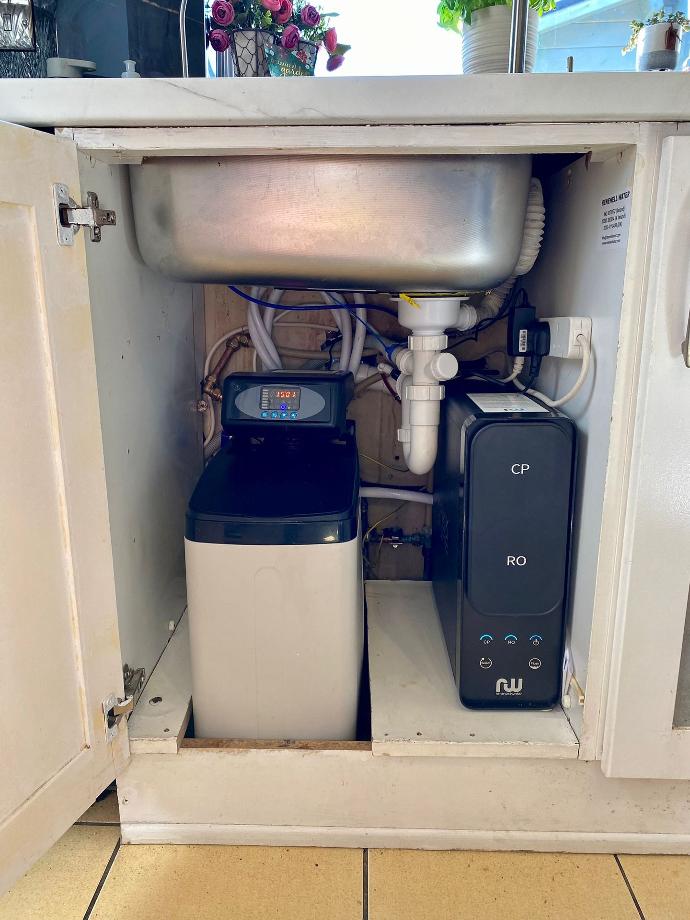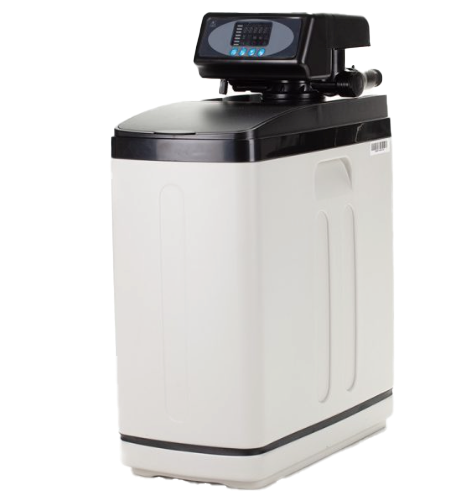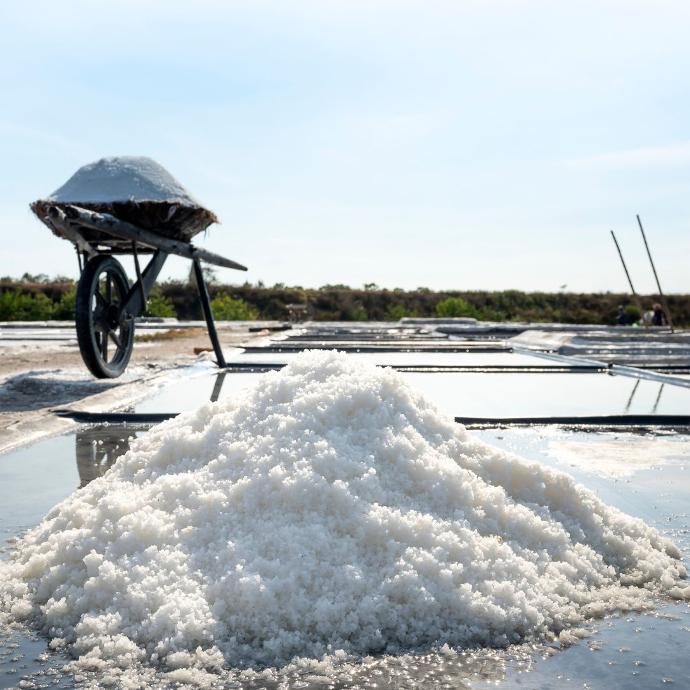The Crucial Link Between Water Softeners and Reverse Osmosis Systems: Ensuring Purity in Every Sip
In the pursuit of achieving softer and more manageable water at home, many homeowners turn to water softeners. These systems efficiently combat the presence of hard ions, leaving water feeling gentler on the skin and kinder to plumbing fixtures. However, there's a critical consideration that often goes unnoticed— the potential sodium content in the softened water and its impact on your health.


Understanding Water Softeners:
Water softeners operate on the principle of ion exchange. Hard water, laden with calcium and magnesium ions, passes through a resin within the softener. This resin swaps the hard ions for soft ones, leaving the water softer and more user-friendly. However, this process introduces sodium ions into the water.
Approximately every 1500 liters, the water softener recognizes that the resin is saturated with hard ions and initiates a backwash. During this cleaning cycle, pure sodium (99.9%) is used to flush out the accumulated hard ions. While effective in maintaining the softening capability of the resin, this process can leave traces of sodium in the water.
The Sodium Conundrum:
Excessive sodium intake is a concern for various health reasons, such as hypertension and other cardiovascular issues. Consuming water with elevated sodium levels on a regular basis can contribute to these health concerns. Therefore, it's imperative to take measures to ensure that the sodium content in your drinking water is kept in check.


Enter Reverse Osmosis Systems:
To address this concern, it's highly recommended to install a reverse osmosis (RO) system alongside your water softener. Reverse osmosis is a water purification process that utilizes a semipermeable membrane to remove ions, molecules, and larger particles from drinking water. This includes sodium ions introduced during the water softening process.
Why You Need a Reverse Osmosis System:
Eliminating Sodium Residue:
A reverse osmosis system effectively filters out any remaining sodium traces, ensuring that your drinking water is free from the potentially harmful effects of elevated sodium levels.
Protecting Your Health:
Continuous consumption of water with high sodium content can have adverse health effects. A reverse osmosis system acts as a safeguard, providing you with clean and safe drinking water.
Peace of Mind:
Knowing that your water is not only soft but also free from excess sodium provides peace of mind. You can hydrate confidently, knowing that your water is contributing to your well-being.
In conclusion, if you have a water softener or are considering getting one, it's crucial to pair it with a reverse osmosis system. This dynamic duo ensures that you enjoy the benefits of soft water without compromising on the purity of your drinking water. Prioritize your health and the well-being of your loved ones by taking this essential step in water treatment.
Thank you for taking the time to prioritize the health of your home's water supply. Cheers to softer, purer water!
Why You Need A Reverse Osmosis System If You Are Getting A Water Softener?